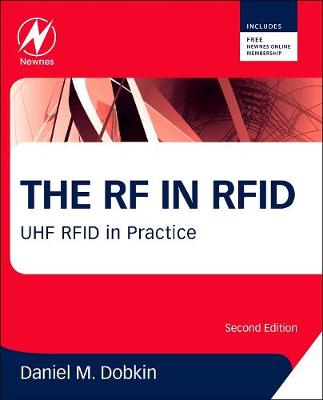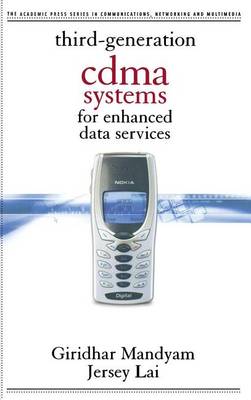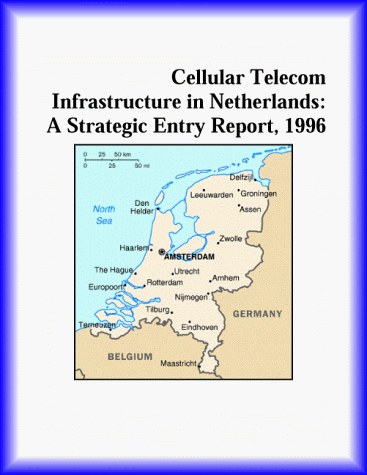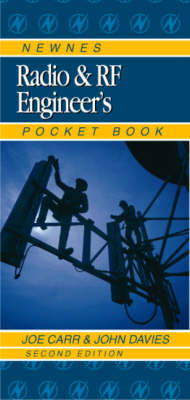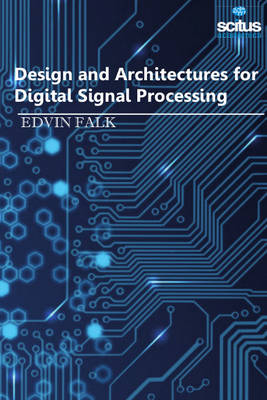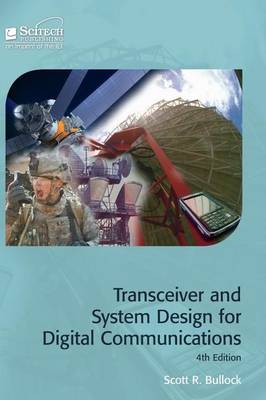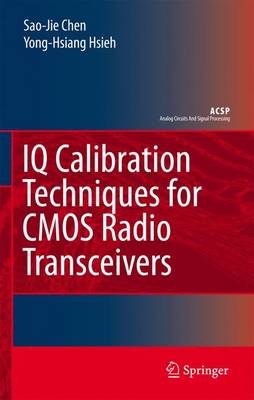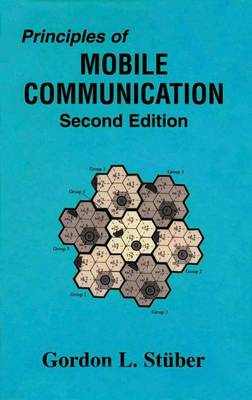This book explains how UHF tags and readers communicate wirelessly. It gives an understanding of what limits the read range of a tag, how to increase it (and why that might result in breaking the law), and the practical things that need to be addressed when designing and implementing RFID technology. Avoiding heavy math but giving breadth of coverage with the right amount of detail, it is an ideal introduction to radio communications for engineers who need insight into how tags and readers work....
The use of mobile communication devices has grown phenomenally throughout the world during the last few years. With strong consumer demand to increase data delivery (large emails, browsing the Internet on wireless devices, transferring video images, etc.), engineers are faced with the challenge of enhancing CDMA to provide larger data capabilities while improving voice signals for clearer reception. In November 2001 the U.S. Federal Communications Commission released a much broader band of fre...
Radiotelephony Manual (CAP, #413)
Radio Frequency Identification System Security (Cryptology and Information Security, #11)
Our reliance on ever more sophisticated computer systems for the management of data and information means that the field of security and privacy technology continues to be of crucial importance to us all. This book presents ten peer-reviewed papers from the 2013 workshop Radio Frequency Identification/Internet of Things Security (RFIDsecAE13 Asia) held in Guangzhou, China, in November 2013. This is the fifth of a series of workshops organized by the Asian branch of RFIDsec, which provides a plat...
Newnes Radio and RF Engineer's Pocket Book
by John Davies and Joseph J Carr
This manual covers aspects of radio and communications engineering from very low frequencies to microwaves, with particular emphasis on mobile communications. Wave principles and the decibel scale, instrumentation and power supplies, connectors and interfaces, are all included.
Design and Architectures for Digital Signal Processing
Transceiver and System Design for Digital Communications 4th Ed
by Scott R Bullock
IQ Calibration Techniques for Cmos Radio Transceivers (Analog Circuits and Signal Processing)
by Sao-Jie Chen and Yong-Hsiang Hsieh
The 802.11n wireless standard uses 64-state quadrature amplitude modulation (64-QAM) to achieve higher spectral efficiency. Consequently, the transmitter and receiver require a higher signal to noise ratio with the same level of error rate performance. This book offers a fully-analog compensation technique without baseband circuitry to control the calibration process. Using an 802.11g transceiver design as an example, it describes in detail an auto-calibration mechanism for I/Q gains and phases...
Source-matched Mobile Communications
by W. C. Wong, etc., and C.E.W. Sundberg
This book brings you a new approach to designing efficient and robust mobile radio communications links. After introducing the basic concepts of cellular radio and radio links, "Source-Matched Mobile Communications" details the effect of transmission errors on link performance for pulse code modulation (PCM). It describes the interaction between speech coding, channel coding, and modulation for mobile radio links. You'll also find thorough treatment of performance for binary and quadrature ampli...
Compact Ku-Band Transmitter Design for Satellite Communication Applications
The world at the turn of the twentieth century was in the throes of "Marconi-mania"-brought on by an incredible invention that no one could quite explain, and by a dapper and eccentric figure (who would one day win the newly minted Nobel Prize) at the centre of it all. At a time when the telephone, telegraph, and electricity made the whole world wonder just what science would think of next, the startling answer had come in 1896 in the form of two mysterious wooden boxes containing a device Marco...
Amateur Radio Log (Logbook, Journal - 96 pages, 5 x 8 inches) (Unique Logbook/Record Books)
by Unique Logbooks
This authoritative treatment of the fundamentals of mobile communications stresses the "fundamentals" of wireless and mobile communications engineering important for the design of "any" wireless system. The book differs from others in the field by stressing mathematical modelling and analysis.
